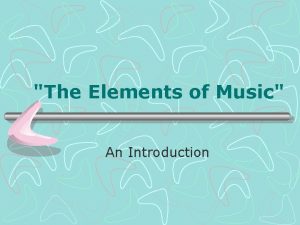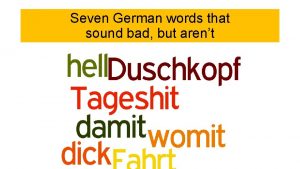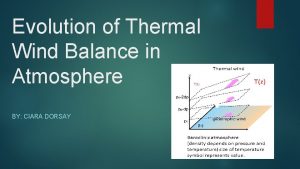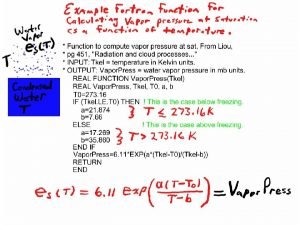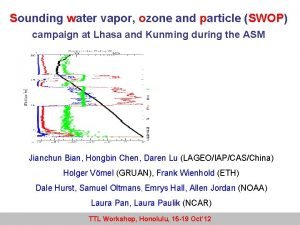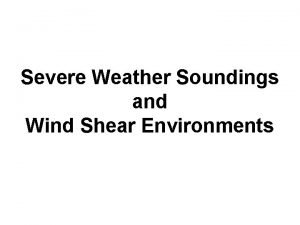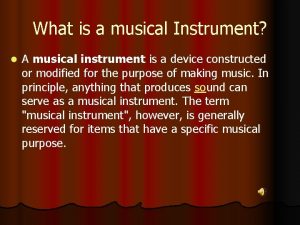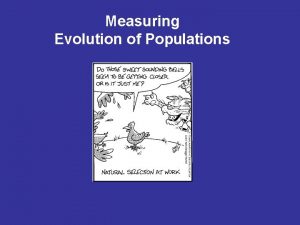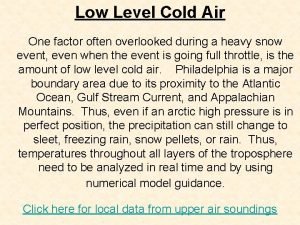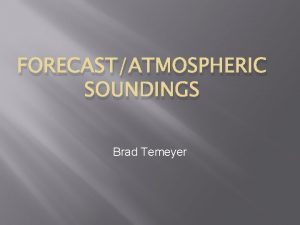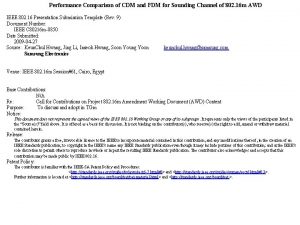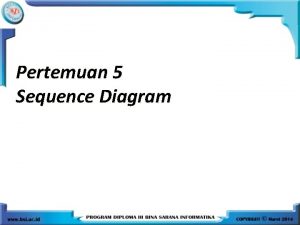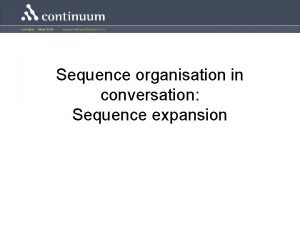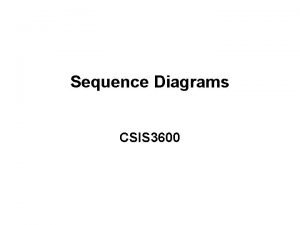System level performance comparison of different sounding sequence











- Slides: 11

System level performance comparison of different sounding sequence options IEEE 802. 16 Presentation Submission Template (Rev. 9) Document Number: IEEE C 80216 m-09/1315 (AWD-15. 3. 9) Date Submitted: 2009 -07 -10 Source: Alexei Davydov, Gregory Morozov, Yang-seok Choi Intel Corporation alexei. davydov@intel. com Venue: IEEE 802. 16 m Session#62, San-Francisco, USA Category: AWD comments / Area: Chapter 15. 3. 9 (UL-CTRL) “Comments on AWD 15. 3. 9 (UL-CTRL)” Base Contribution: IEEE C 80216 m-09/1315 Purpose: Discussion and approval Notice: This document does not represent the agreed views of the IEEE 802. 16 Working Group or any of its subgroups. It represents only the views of the participants listed in the “Source(s)” field above. It is offered as a basis for discussion. It is not binding on the contributor(s), who reserve(s) the right to add, amend or withdraw material contained herein. Release: The contributor grants a free, irrevocable license to the IEEE to incorporate material contained in this contribution, and any modifications thereof, in the creation of an IEEE Standards publication; to copyright in the IEEE’s name any IEEE Standards publication even though it may include portions of this contribution; and at the IEEE’s sole discretion to permit others to reproduce in whole or in part the resulting IEEE Standards publication. The contributor also acknowledges and accepts that this contribution may be made public by IEEE 802. 16. Patent Policy: The contributor is familiar with the IEEE-SA Patent Policy and Procedures: <http: //standards. ieee. org/guides/bylaws/sect 6 -7. html#6> and <http: //standards. ieee. org/guides/opman/sect 6. html#6. 3>. Further information is located at <http: //standards. ieee. org/board/pat-material. html> and <http: //standards. ieee. org/board/pat >.

Introduction • Two sounding sequence has been proposed for 802. 16 m – Sequence I (C 80216 m_09/1308): 802. 16 e sequence – Sequence II (C 80216 m_09/1434): new sequence • To identify the best option performance comparison using system level simulations is required

System Level Performance Analysis • Two mechanisms to generate multiple sounding sequences – A: Using different short codes – B: Using frequency rotation of long covering sequence • System level analysis has been performed for sounding sequence assignment method described in C 80216 m_09/1434 (combination of mechanism A + mechanism B)

System Level Parameters

System Level Performance Analysis: (P=6) NMS = 1, 2, 3, 6 Sequence I: circle markers Sequence II: square markers

System Level Performance Analysis: (P=9) NMS = 3, 6, 9 Sequence I: circle markers Sequence II: square markers

System Level Performance Analysis: (P=18) NMS = 3, 6, 9 Sequence I: circle markers Sequence II: square markers

Complexity Analysis • Implementation – Sequence I: already supported by 16 e and Wi. MAX Profile – Sequence II: new design, additional Io. T • Symbol alphabet – Sequence I: Binary {-1, +1} – Sequence II: Complex number • FFT – Sequence I: the same for all FFT sizes – Sequence II: different for different FFT sizes

Cross Correlation Analysis The cross correlation performance at Sequence I 0. 15 -0. 2 is almost the same Sequence II There are several sequences (~10 -20%) showing high cross correlation values in Sequence II design. For interference limited case performance of some sectors may suffer due to loss of processing gain Note: cross correlation results for different short sequences

Conclusions • There is no clear MSE performance advantage of one sequence over another (one sequence can slightly outperform another one in one scenario and vice versa) • Considering complexity, sequence I is more preferable because implementation can be reuse from 802. 16 e system

Back Up
 Elements of musics
Elements of musics The smallest with the highest pitched stringed instrument
The smallest with the highest pitched stringed instrument Words that sound bad
Words that sound bad Http://weather.uwyo.edu/upperair/sounding.html
Http://weather.uwyo.edu/upperair/sounding.html Http://weather.uwyo.edu/upperair/sounding.html
Http://weather.uwyo.edu/upperair/sounding.html These beauteous forms
These beauteous forms Highest sounding double reed instrument
Highest sounding double reed instrument Sounding
Sounding Inverted v sounding
Inverted v sounding The highest sounding member of the woodwind family is
The highest sounding member of the woodwind family is 5 agents of evolution
5 agents of evolution Sleet sounding
Sleet sounding
